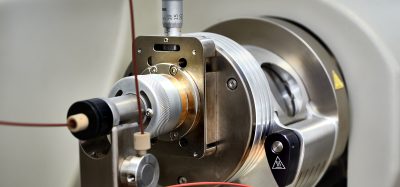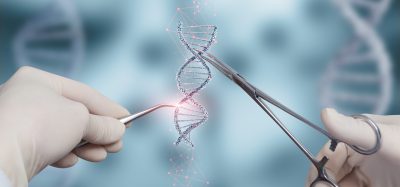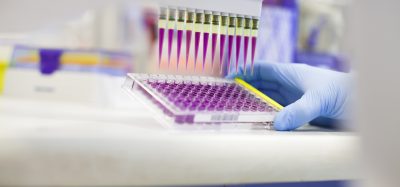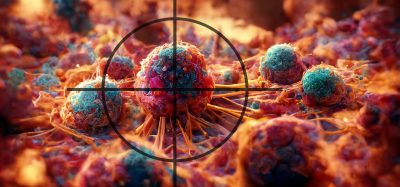The use of biophysical methods in the hit-to-lead process
Posted: 22 June 2021 | Dr Thomas Schubert (2bind) | No comments yet
Optimisation of a hit towards a lead happens in a variety of ways, as a lead needs to meet various criteria such as activity, affinity to the target, selectivity, solubility, permeability or metabolic stability to become a promising candidate. A balance between in vitro profiles and pharmacokinetic attributes has to be achieved to increase the chances for successful drug development. Biophysical methods are used to address the in vitro binding parameters of affinity, kinetics, stoichiometry and thermodynamics, but also the structural information of the compound‑target interactions. Dr Thomas Schubert describes the current state-of-the-art and emerging biophysical methods applied in hit-to-lead programmes.
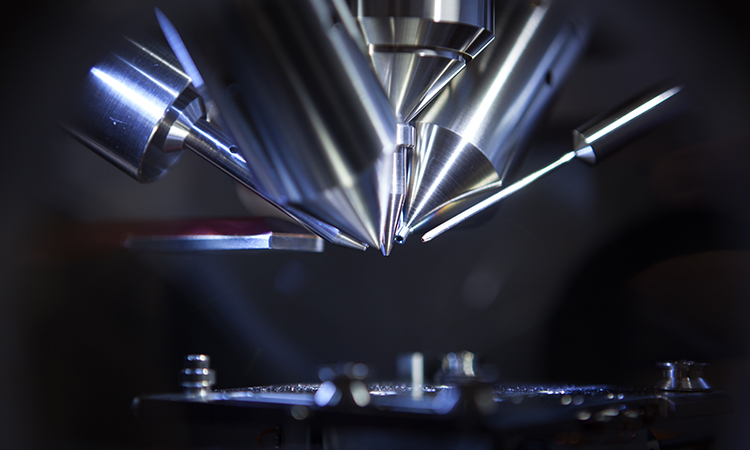

Since the first use of biophysical methods in the 1990s, biophysical assays have become increasingly important in the different steps of the complex drug discovery and development process. With the latest improvements in throughput, biophysical screening formats are now already used in the initial hit identification or primary screening steps. Traditionally, however, biophysical assay formats were mostly applied in the hit validation/conformation steps and in the hit-to-lead phase.1-3
In this phase – also called lead generation phase – biophysical, structural and biochemical data as well as data on cellular activity and absorption, distribution, metabolism and excretion (ADMET) data of a hit-hit series are studied, setting the basis for…
Related topics
Analytical Techniques, Crystallography, Drug Leads, Hit-to-Lead, Mass Spectrometry, Nuclear Magnetic Resonance (NMR), Spectroscopy, X-ray Crystallography
Related organisations
Creoptix




